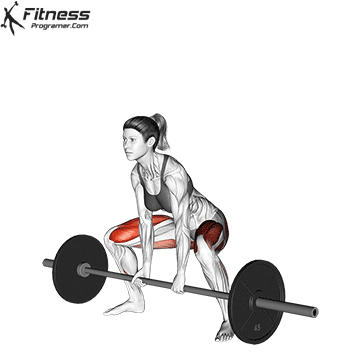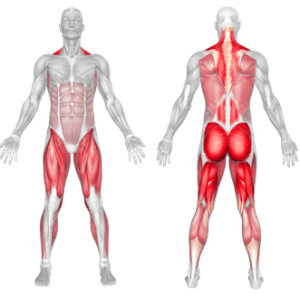How To Do Sumo Deadlift
 Sumo Deadlift Benefits
Sumo Deadlift Benefits
- The Sumo deadlift targets many of the same muscles that a conventional deadlift develops, but emphasizes more of the back, hamstrings, and hip muscles. It is the most popular movement of strength and strength training as it works many muscle groups.
- Increases Testosterone: It has been proven by research that weight exercises help increase short and long term testosterone levels. Exercises such as bench press, squat, and deadlift are the most effective exercises that increase testosterone levels.
- It strengthens the ability to grip. It allows you to grasp an object more firmly when you hold it. In addition, studies show that deadlift is an effective exercise for improving explosive strength and vertical jumping performance.
- Sumo Deadlift helps the development of leg muscles, hip muscles and core muscles while also supporting the formation of muscle and strength in the body. Also, adding deadlifts to your workouts helps strengthen your tendons, ligaments and bones.
- The Sumo deadlift also activate you glutes and back muscles. Functional exercises such as deadlift are those that facilitate the real-life activities of the body.
- Sumo Deadlift targets all the muscles responsible for your posture and allows you to keep your back straight during regular daily activities.
- Correct form is very important in this exercise. For starters, doing wrong can lead to injury. After a few tries with the empty bar or accompanied by a trainer, the process of adapting to the movement may be shortened.
Muscles Worked in Sumo Deadlift

